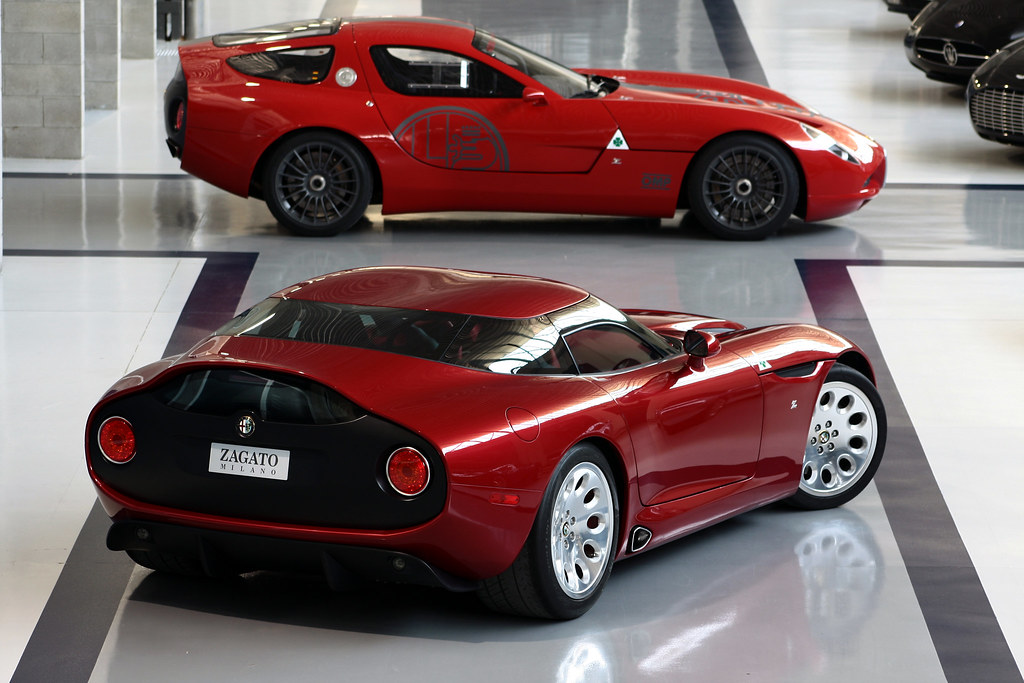
Let’s face it. There’s a special kind of excitement that comes with the hunt for a new (or new-to-you) set of wheels. The gleaming paint, the promise of fresh adventures, the allure of upgraded features – it’s a heady mix that can often blind us to the potential pitfalls lurking beneath the surface. We all crave that perfect driving machine, one that delivers on every promise and never leaves us stranded.
But as anyone who’s spent too much time scrolling through online forums or listening to a mechanic’s grim prognosis knows, the automotive world is full of broken dreams and expensive lessons. Vehicle manufacturers roll out cars that look promising but, often enough, don’t live up to the hype. It’s a gut-wrenching feeling to spend tens of thousands of dollars or commit to a multi-year car loan, only to develop a severe case of buyer’s remorse.
From electric vehicles that promise a green future but deliver range anxiety and unexpected costs, to gasoline-powered workhorses that simply fall apart, the road to regret is paved with good intentions and sometimes, just plain bad engineering. Considering how much new and used cars go for these days, you really need to know what you’re getting into. Making a buying decision based only on exterior aesthetics and a quick look at the specs might just get you into serious trouble. So, buckle up, because we’re about to dive deep into the garages of regret, learning from other vehicle owners’ mistakes so maybe, just maybe, you won’t have to repeat them.
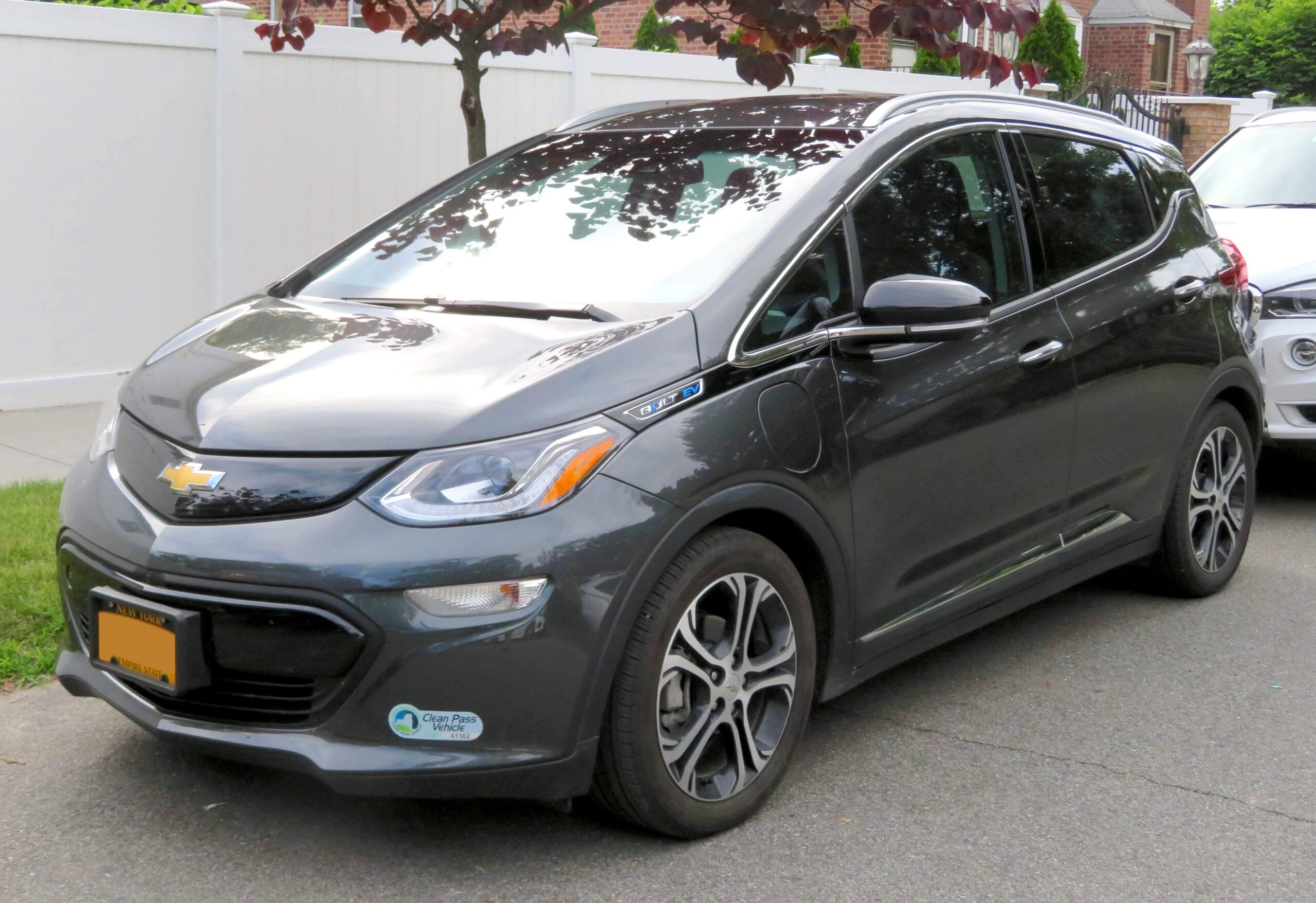
1. **Chevrolet Bolt**The Chevrolet Bolt, General Motors’ entry into the more affordable end of the EV spectrum, certainly garnered praise for its budget-friendly price point and a respectable electric range. On paper, it sounded like a compelling package for those looking to dip their toes into the electric future without breaking the bank. It promised modern efficiency and a smaller carbon footprint, drawing in a segment of consumers eager for change.
However, the Bolt has unfortunately earned a rather infamous reputation, not for its innovative spirit, but for a rather serious flaw: battery-related fires. This wasn’t just a minor glitch; it led to significant recalls in both 2020 and 2021, leaving owners with a profound sense of unease. The root of the problem was traced back to the lithium-ion batteries manufactured by LG, which had a nasty habit of short-circuiting, overheating, and ultimately, igniting into flames.
Imagine the anxiety of owning a vehicle with such a catastrophic potential defect. Beyond the very real safety concerns, owners also found other aspects of the Bolt to be less than stellar. The ride quality was often described as merely “so-so,” failing to impress even in a segment known for utilitarian rather than luxurious rides. Space for rear passengers was another point of contention, leaving families feeling a bit cramped.
And let’s not forget the handling. While an affordable EV isn’t expected to carve corners like a sports car, the Bolt’s handling was also frequently categorized as “so-so,” contributing to an overall driving experience that left many owners wishing for more. It’s a stark reminder that even with the best intentions for affordability and green tech, fundamental issues can quickly turn a promising vehicle into a source of deep regret.
Car Model Information: 2023 Chevrolet Bolt EUV FWD Premier
Name: Chevrolet Bolt EV
Caption: 2022 Chevrolet Bolt EV
Manufacturer: General Motors
Production: 2016–2023
ModelYears: 2017–2023
Class: Subcompact car
BodyStyle: hatchback
Layout: Front-engine, front-wheel-drive layout
Predecessor: Chevrolet Spark EV
Categories: 2020s cars, All Wikipedia articles in need of updating, All articles containing potentially dated statements, All articles to be merged, All articles with unsourced statements
Summary: The Chevrolet Bolt EV (marketed in Europe as Opel Ampera-e) is a battery electric subcompact hatchback manufactured and marketed by General Motors under its Chevrolet brand from late 2016 until late 2023, with a brief hiatus between mid-2021 and early 2022.
The first-generation Bolt was developed and manufactured with LG Corporation. Sales of the 2017 Bolt began in California in December 2016; it was released nationwide and international markets release in 2017. A rebadged European variant was marketed as the Opel Ampera-e in mainland Europe. In 2017, the Bolt was the second-best-selling plug-in car in the United States. It was named the 2017 Motor Trend Car of the Year, the 2017 North American Car of the Year, an Automobile magazine 2017 All Star, and was listed in Time magazine’s Best 25 Inventions of 2016. The Ampera-e was discontinued after 2018. By the end of 2020, GM had sold 112,000 Bolt and Ampera-e cars worldwide. The first-generation Bolt had been subject to at least three recalls due to battery fire risks.
In mid-2023, GM officials said they would discontinue the Bolt; after outcry, they announced plans for a next-generation model. The second-generation Bolt, based on the Chevrolet Bolt EUV, was unveiled on October 9, 2025 and will go on sale in 2026 as a 2027 model.
Get more information about: Chevrolet Bolt
Buying a high-performing used car >>>
Brand: Chevrolet Model: Bolt
Price: $22,992 Mileage: 23,569 mi.
Read more about: Inside Eddie Van Halen’s Dream Garage: 15 Iconic Cars Owned by the Rock Legend
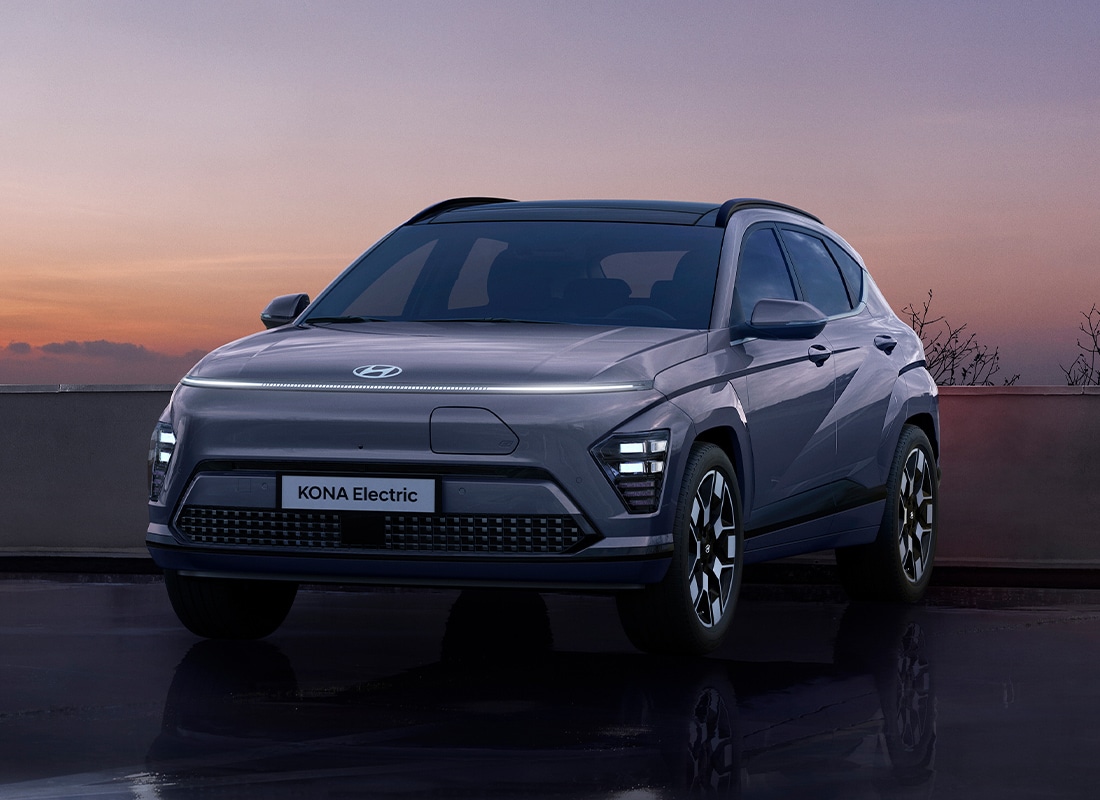
2. **Hyundai Kona Electric**Hydraulic has been on something of a hot streak, especially with some interesting and generally well-received electric vehicles hitting the market. They’ve shown a knack for design and pushing boundaries. However, like any manufacturer, they’ve had a few missteps, and unfortunately, the Hyundai Kona Electric stands out as a prime example of a vehicle that promised much but delivered considerable headaches to its owners.
Much like the Chevrolet Bolt, battery fires and subsequent recalls are an unfortunate part of the Kona Electric’s history. The carmaker issued a worldwide recall in 2020 and 2021, a desperate attempt to nip the fire risks in the bud by replacing battery packs in the affected EVs. This kind of recall is never a good sign, eroding consumer trust and raising serious questions about safety and long-term reliability for electric vehicles in general.
But alas, the battery issues were, for many owners, merely the tip of the iceberg. While the context doesn’t dive into exhaustive detail about *other* specific problems beyond the battery, the ominous phrase “Buyer beware!” strongly suggests that the Kona Electric presented a suite of frustrations that extended beyond its notorious power source. It implies a deeper dissatisfaction that went beyond mere technical glitches.
The repeated mention of recalls and severe battery problems creates a narrative of a vehicle that, despite its potential as an affordable and stylish electric option, ultimately delivered more anxiety than enjoyment. For those who bought into the Hyundai EV dream with the Kona Electric, it quickly became a painful reality check, illustrating that even from a generally respected brand, a “clunker” can emerge.
Car Model Information: 2025 Alfa Romeo Stelvio Sprint
Name: Hyundai Kona
Caption: Hyundai Kona N Line (SX2)
Manufacturer: Hyundai Motor Company
Aka: Hyundai Kauai (Portugal)
Production: 2017–present
ModelYears: 2018–present
Class: Subcompact crossover SUV
BodyStyle: SUV
Layout: ubl
Categories: 2020s cars, All-wheel-drive vehicles, All Wikipedia articles in need of updating, All Wikipedia articles written in British English, Articles containing Chinese-language text
Summary: The Hyundai Kona (Korean: 현대 코나) is a subcompact crossover SUV produced by the South Korean manufacturer Hyundai. The first-generation Kona debuted in June 2017 and the production version was revealed later that year. It is positioned between the Venue or Bayon and the Tucson in Hyundai crossover SUV line-up. The battery electric version called the Kona Electric (or Kona EV) was first launched in South Korea during the first half of 2018 and rolled out gradually worldwide afterwards.
Get more information about: Hyundai Kona
Buying a high-performing used car >>>
Brand: Hyundai Model: Kona Electric
Price: $54,000 Mileage: 889 mi.
Read more about: Navigating the Wild: The Best 2025 SUVs Packed with Off-Roading Prowess for American Adventurers
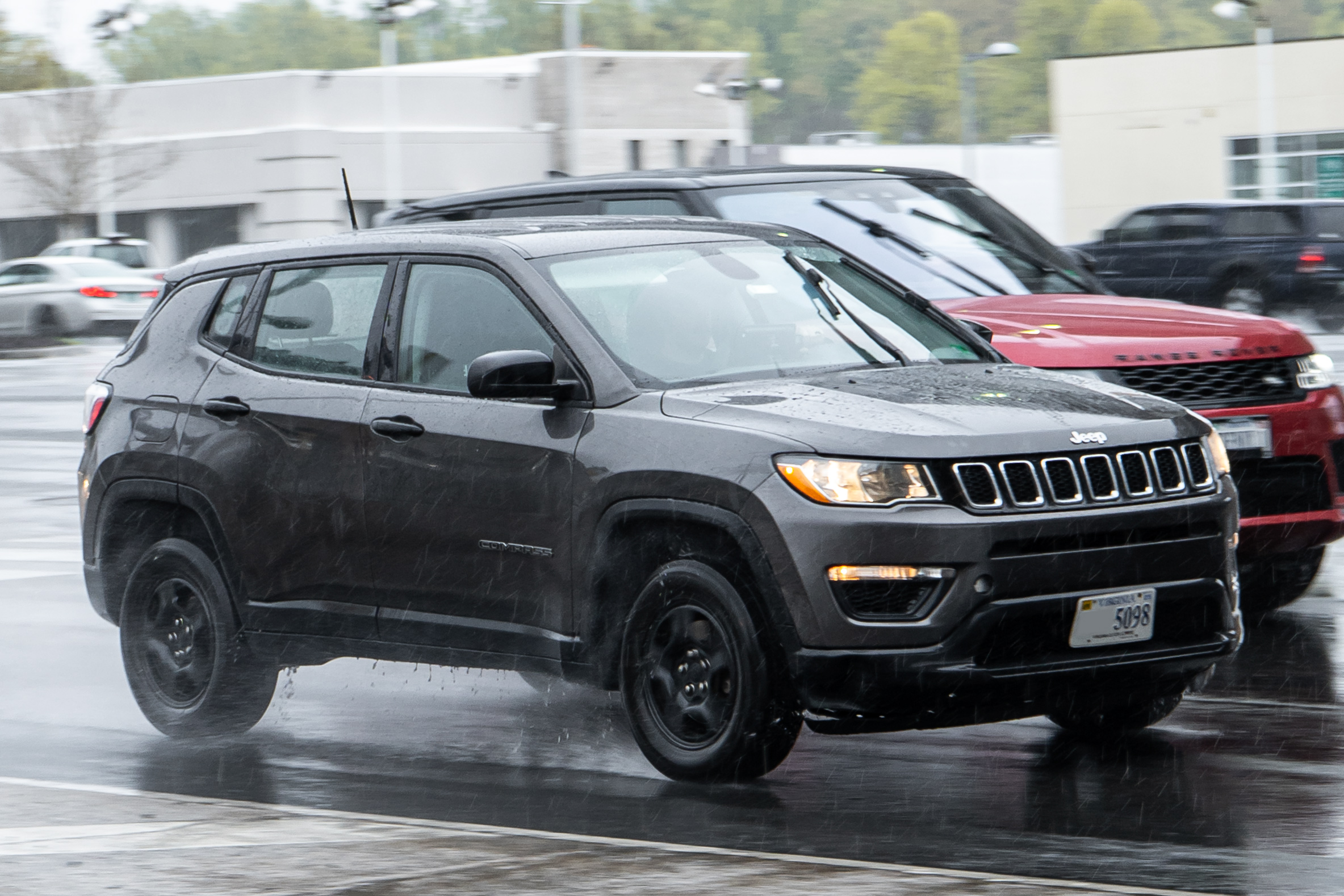
3. **Jeep Compass**The Jeep Compass, a compact SUV, might seem like an appealing choice for those looking for a blend of rugged looks and urban practicality. However, this vehicle has unfortunately been plagued with serious issues across various model years, turning what should be a straightforward ownership experience into a potential “migraine headache on wheels.” This isn’t just a few isolated complaints; it’s a consistent pattern that has left many owners utterly frustrated.
One of the most common and persistent complaints revolves around the transmission. Both the continuously variable transmission (CVT) and the 9-speed automatic transmissions in certain Compass models have been notorious for experiencing “herky-jerky shifting” and, even more alarmingly, “catastrophic failure.” Imagine driving down the road, only to have your transmission act like it’s having a seizure, or worse, give up entirely. That’s a reliability nightmare no one wants.
Beyond the transmission woes, owners also reported a slew of other performance and electrical problems. Poor engine performance meant that the Compass often felt underpowered and struggled to deliver a smooth, responsive drive. Excessive oil consumption was another frequent issue, turning routine maintenance into a constant vigil over fluid levels and potentially leading to more severe engine damage if not caught in time.
Electrical system issues further compounded the frustration, as modern vehicles rely heavily on complex electronics. These problems can manifest in myriad ways, from minor inconveniences to critical system failures, making the Jeep Compass a veritable minefield of potential breakdowns. For many, the rugged exterior couldn’t mask the underlying mechanical fragility, making it a strong contender for a vehicle to “steer clear of.”
Car Model Information: 2024 Jeep Compass Latitude
Name: Jeep Compass
Caption: 2019 Jeep Compass
Manufacturer: Jeep
Production: 2006–present
ModelYears: 2007–present
Class: Compact crossover SUV
BodyStyle: SUV
Layout: Front-engine, front-wheel-drive layout
Chassis: Unibody
Categories: 2010s cars, 2020s cars, All-wheel-drive vehicles, All Wikipedia articles written in American English, Articles with short description
Summary: The Jeep Compass is a compact crossover SUV, introduced in 2006 for the 2007 model year. The first generation Compass and Patriot, its rebadged variant, were among Jeep’s first crossover SUVs. The second-generation Compass debuted in September 2016 in Brazil and at the Los Angeles International Auto Show in November 2016, sharing a modified platform with the Renegade. It is positioned between the smaller Renegade and the larger Cherokee globally or the Commander in South America. The third-generation Compass debuted in May 2025, built on the STLA Medium by Stellantis, shared with other PSA Groupe vehicles.
Get more information about: Jeep Compass
Buying a high-performing used car >>>
Brand: Jeep Model: Compass
Price: $19,988 Mileage: 53,969 mi.
Read more about: Beyond the Road: Unpacking the Complex Journey of EV Battery Recycling and Its Future
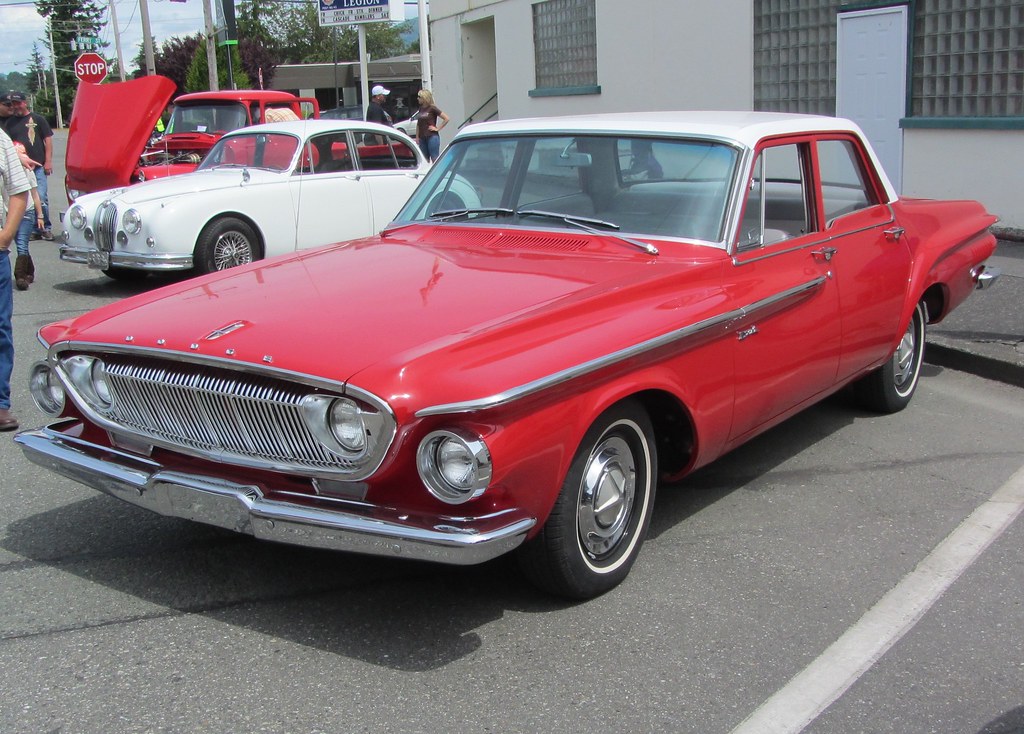
4. **Dodge Dart**The Dodge Dart, introduced as a compact sedan, was meant to be an accessible and practical choice for everyday drivers. However, it quickly earned a reputation for having “full-size car problems,” which is never a good sign for a vehicle in its class. The list of grievances from owners is extensive, covering nearly every major system of the car and making it clear why so many buyers wish they had never purchased one.
Where do we even begin with the Dart’s issues? The transmission was a frequent source of complaint, often exhibiting rough shifts or outright failures that left owners stranded and facing costly repairs. The engine itself wasn’t immune to problems, with reports of poor performance and reliability that belied its intended role as a dependable daily driver. Then there were the suspension and brake systems, which also contributed to a less-than-stellar driving experience and additional repair bills.
It’s telling that Consumer Reports, a trusted source for unbiased product reviews, found around six in 10 buyers expressing dissatisfaction with the vehicle. This high percentage of unhappy owners paints a clear picture: the Dart consistently failed to meet expectations, whether in terms of driving dynamics, build quality, or long-term reliability. Such widespread discontent is a strong indicator of a truly regrettable purchase.
The collective experience of Dart owners points to a car that, despite its compact dimensions, managed to pack in an astonishing number of reliability headaches. It wasn’t just one weak spot; it was a cascade of problems that chipped away at owner satisfaction, transforming a seemingly sensible purchase into a significant source of buyer’s remorse and a prime example of a car many wish they had left on the lot.
Read more about: Parking Lot Purgatory: 14 Vehicles Owners Deeply Regret After Years of Ownership
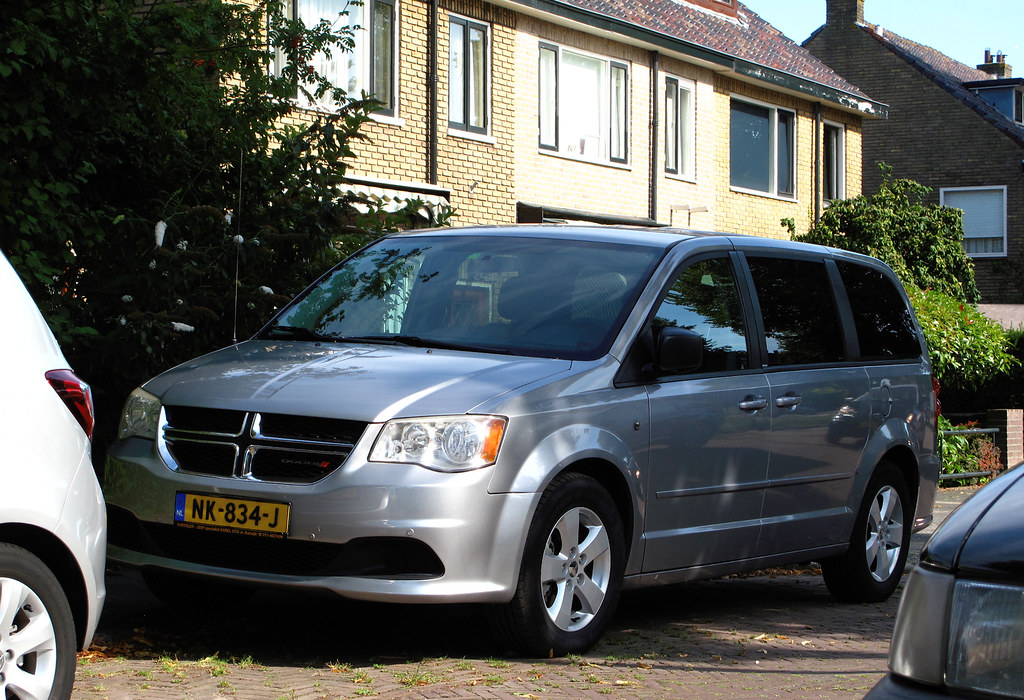
5. **Dodge Grand Caravan**For many families, the Dodge Grand Caravan holds a significant place in their memory banks, often serving as the quintessential family hauler for road trips, soccer practice, and everything in between. While some of these memories might be fond, the reality of owning a Grand Caravan, particularly certain model years, has been anything but “smooth driving.” This minivan, despite its spacious utility, has a troubling history of mechanical issues that frequently led to deep regret among its owners.
Perhaps the most prominent and exasperating complaint from owners is the widespread issue of transmission failure. It’s hard to rely on a vehicle intended for family, pet, and cargo hauling when its most crucial component is prone to giving up the ghost. Before these transmissions inevitably go “kaput,” as the context so eloquently puts it, owners often experience a range of frustrating symptoms, including delayed gear engagement, rough shifting, and slipping gears.
Beyond the catastrophic transmission problems, the Grand Caravan also suffered from a host of other electrical system issues. In modern vehicles, electrical problems can range from annoying glitches with infotainment to critical failures affecting safety or operation, adding another layer of unreliability. Moreover, many owners complained about heavy oil consumption, which translates to more frequent checks, top-offs, and potentially, more serious engine problems down the line.
If owners could rewind time and have a do-over, the overwhelming sentiment is that they would “gladly choose something else.” This isn’t just a minor complaint; it’s a profound regret stemming from a vehicle that, despite its practical appeal, simply couldn’t deliver the fundamental reliability and peace of mind that families need from their primary mode of transport. It’s a classic case of practicality being overshadowed by persistent mechanical woes.
Car Model Information: 2025 Alfa Romeo Stelvio Sprint
Caption: 2011 Dodge Grand Caravan Mainstreet
Name: Dodge Grand Caravan
Manufacturer: Chrysler Corporation,Daimler AG,Chrysler LLC,Chrysler Group LLC,FCA US LLC
Class: Minivan
Layout: FF layout,F4 layout
Production: November 2, 1983 –August 21, 2020
ModelYears: 1984–2020
Related: Plymouth Voyager,Chrysler Town & Country (minivan),Dodge Mini Ram,Chrysler Voyager,Volkswagen Routan
Assembly: Windsor, Ontario,Fenton, Missouri,Fenton, Missouri,Fuzhou
Successor: Dodge Journey,Chrysler Voyager
Categories: All-wheel-drive vehicles, All articles with unsourced statements, Articles with short description, Articles with unsourced statements from December 2017, Articles with unsourced statements from May 2009
Summary: The Dodge Caravan is a series of minivans manufactured by Chrysler from the 1984 through 2020 model years. The Dodge version of the Chrysler minivans, was marketed as both a passenger van and a cargo van (the only version of the model line offered in the latter configuration). For 1987, the model line was joined by the long-wheelbase Dodge Grand Caravan. Produced in five generations across 36 model years, the Dodge Caravan is the second longest-lived Dodge nameplate (exceeded only by the Dodge Charger). Initially marketed as the Dodge counterpart of the Plymouth Voyager, the Caravan was later slotted between the Voyager and the Chrysler Town & Country. Following the demise of Plymouth, the model line became the lowest-price Chrysler minivan, ultimately slotted below the Chrysler Pacifica.
Sold primarily in the United States and Canada, the Dodge Caravan was also marketed in Europe and other international markets under the Chrysler brand (as the Chrysler Voyager or Chrysler Caravan). From 2008 onward, Dodge marketed the model line only as the Grand Caravan; Ram Trucks sold a cargo-only version of the model line as the Ram C/V Tradesman. The model line was also rebranded as the Volkswagen Routan from 2009 through 2014.
After the 2020 model year, the Dodge Grand Caravan was discontinued, ending production on August 21, 2020. For 2021 production, the Grand Caravan nameplate was moved to Chrysler, which used it for a Canadian-market version of the Chrysler Pacifica (in the United States, the exact vehicle was marketed as the Chrysler Voyager).
For its entire production run, the Dodge Caravan/Grand Caravan was manufactured by Chrysler Canada (now Stellantis Canada) at its Windsor Assembly facility (Windsor, Ontario). From 1987 until 2007, the model line was also manufactured by Chrysler at its Saint Louis Assembly facility (Fenton, Missouri). Since their introduction in late 1983, over 14.6 million Chrysler minivans have been sold worldwide (including export versions and versions sold through rebranding).
Get more information about: Dodge Caravan
Buying a high-performing used car >>>
Brand: Dodge Model: Grand Caravan
Price: $54,000 Mileage: 889 mi.
Read more about: Parking Lot Purgatory: 14 Vehicles Owners Deeply Regret After Years of Ownership
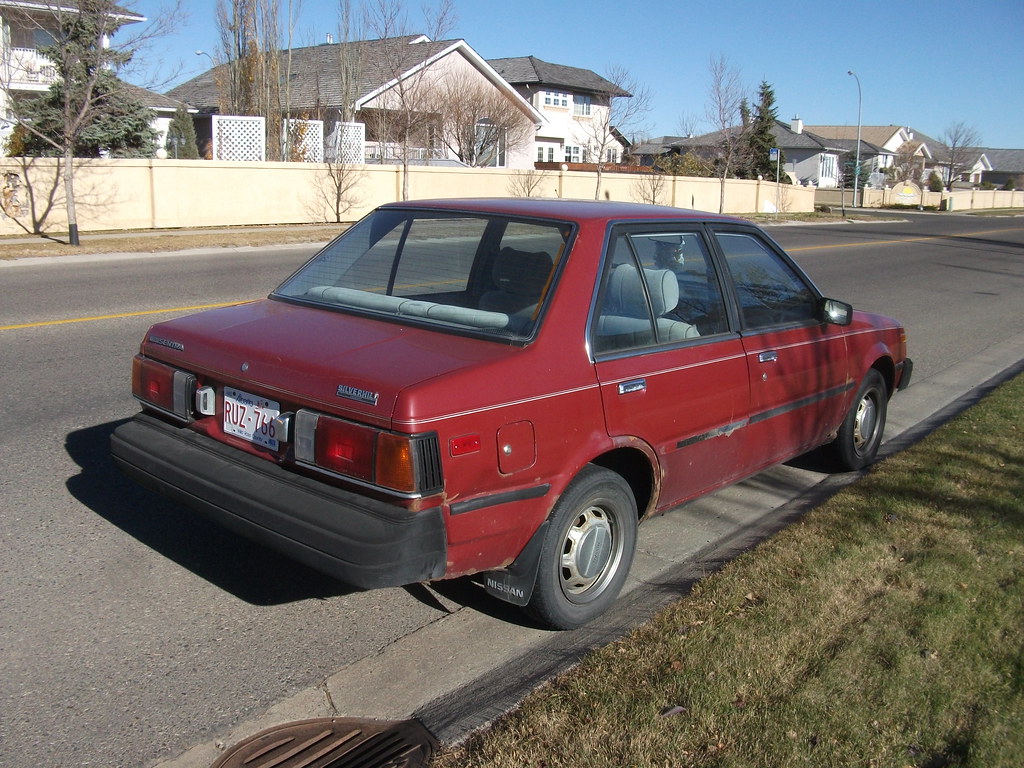
6. **Nissan Sentra**The Nissan Sentra has seen many model years throughout its history, and like most vehicles, some have been perfectly fine, even good. However, there are certain periods, particularly the model years from 2013 to 2019, that stand out as “horrific” for owners, cementing the Sentra’s place on many lists of regrettable purchases. The reason for this ignominious distinction can largely be laid at the feet of a single, much-maligned component: the infamous continuously variable transmission (CVT).
This particular CVT has been a consistent “thorn in the side” of countless Sentra owners. The problems associated with it are varied and deeply frustrating, ranging from overheating issues that can leave you stranded, to unsettling jerky acceleration, and persistent shuddering during operation. These aren’t just minor annoyances; they fundamentally undermine the driving experience and raise serious concerns about the vehicle’s long-term health and safety.
Beyond the transmission troubles, the laundry list of issues for these Sentra models also included engine stalling, which is a critical safety concern and a major inconvenience. Imagine your engine cutting out unexpectedly in traffic—it’s a situation no driver wants to face. Furthermore, these model years were subject to numerous recalls, indicating widespread problems with crucial safety systems like airbags, seatbelts, and brakes.
The sheer volume and severity of these issues meant that for many who bought a Sentra during these “horrific” years, the car quickly transformed from a seemingly sensible and affordable compact into a rolling nightmare of repairs, recalls, and anxiety. It’s a vivid illustration of how a single component, like a problematic transmission, can taint an entire generation of vehicles and leave a lasting impression of regret on its owners.
Car Model Information: 2024 Nissan Sentra S
Name: Nissan Sentra
Caption: 2021 Nissan Sentra SR (B18; Canada)
Manufacturer: Nissan
Aka: Nissan Sunny
Production: 1982–present
Class: Subcompact car
Predecessor: Nissan Sunny#B310
Categories: 1990s cars, 2000s cars, 2010s cars, 2020s cars, All Wikipedia articles written in American English
Summary: The Nissan Sentra is a series of automobiles manufactured by the Japanese automaker Nissan since 1982. Since 1999, the Sentra has been categorized as a compact car, while previously it occupied the subcompact class. Until 2006, Sentra was a rebadged export version of the Japanese Nissan Sunny, but since the 2013 model year, Sentra is a rebadged export version of the Sylphy. The Sentra nameplate is not used in Japan. Many other countries in Latin America sell their versions of the Sunny as the Sentra. In Mexico, the first three generations of the Sentra were known as the Nissan Tsuru (Japanese for crane), and the B13 model was sold under that name until 2017, alongside the updated models badged as Sentra.
In North America, the Sentra currently serves as Nissan’s compact car, despite being rated as a mid-size car by the EPA due to its interior volume since the 2007 model year. While previous Sentras were subcompacts, the Sentra has grown over the years, with the Nissan Versa having replaced the Sentra in the entry-level area.
The Sentra name was created for Nissan by Ira Bachrach of NameLab, and Bachrach describes the origin as “Nissan wanted consumers to understand that it was quite safe even though it was small. The word Sentra sounds like central as well as sentry, which evokes images of safety.”
Get more information about: Nissan Sentra
Buying a high-performing used car >>>
Brand: Nissan Model: Sentra
Price: $17,487 Mileage: 24,259 mi.
Read more about: Under the Hood Heroes: 16 Import Cars Mechanics Secretly Adore for Bulletproof Reliability and Unsung Value
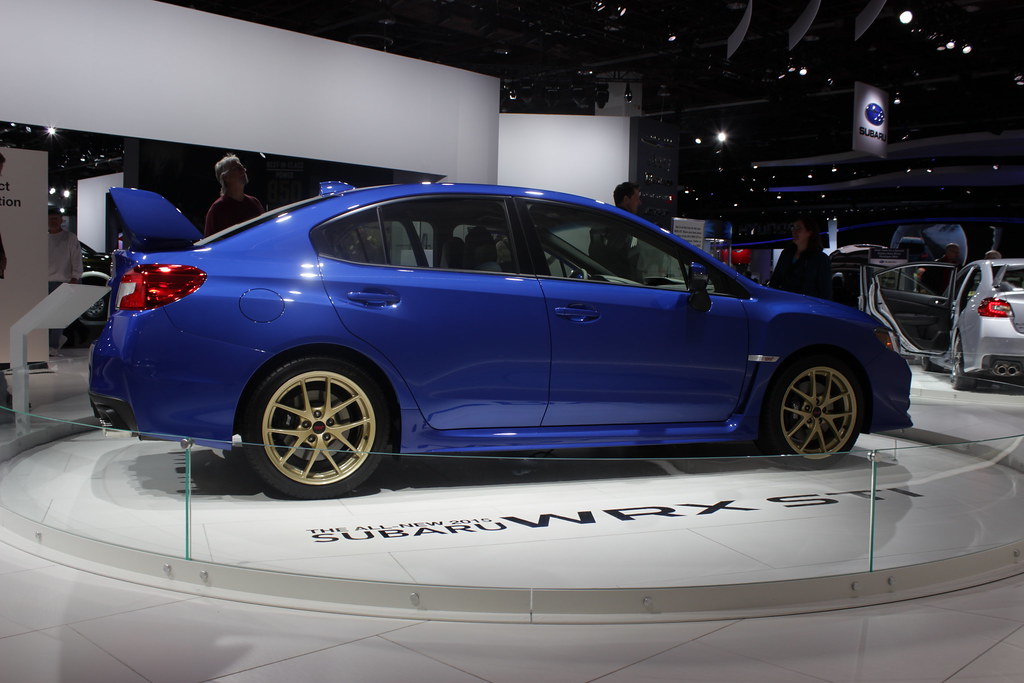
7. **2015 Subaru WRX STi**Subaru. The very name evokes images of rally stages, all-wheel-drive prowess, and a certain hardcore enthusiast appeal. For many, including one passionate reader, the Subaru WRX STi wasn’t just a car; it was a childhood dream, fueled by virtual laps in Gran Turismo and the raw excitement of Japanese tuner culture finally hitting U.S. shores in 2004. This was a machine that promised thrilling performance and an unfiltered connection to the road.
Years passed, the dream persisted, and in 2015, our reader decided it was finally time to make that dream a reality. A shiny new VA STi, ordered in iconic WR Blue, was patiently awaited, a symbol of long-held automotive aspirations. The anticipation must have been palpable, the promise of 305 horsepower and a legendary pedigree just around the corner.
However, as is often the case when “meeting your heroes,” reality hit hard and fast. “It just didn’t work for me,” the owner confessed, realizing within the first week that the *idea* of owning an STi far outstripped the actual *experience*. The engine, despite its impressive horsepower figure, felt surprisingly laggy and underpowered, failing to deliver the punch expected from such a storied nameplate.
The frustrations didn’t stop there. The transmission and clutch, critical for any enthusiast car, were described as “unpleasant to operate” compared to other manuals the owner had experienced. Even the tech, an aspect often overlooked by purists but crucial for daily enjoyment, was deemed “lame.” After a year of disillusionment, the STi was traded for a Golf R, proving that even a legendary performance car can disappoint when it doesn’t live up to its personal hype, though a clean STi on the road can still bring a smile.
Car Model Information: 2025 Alfa Romeo Stelvio Sprint
Name: Subaru WRX STI
Caption: A Subaru WRX STI
Aka: Subaru Impreza WRX STI (1992–2014)
Production: Impreza
Assembly: Ōta, Gunma
Layout: Front-engine, four-wheel-drive layout
Manufacturer: Subaru
Engine: ubl
Transmission: ubl
Platform: Subaru SI Platform
Related: Subaru WRX
Class: Sport compact
BodyStyle: Sedan (automobile)
Categories: 2020s cars, All-wheel-drive vehicles, All Wikipedia articles written in British English, Articles with short description, Cars introduced in 2014
Summary: The Subaru WRX STI is a variant of the Subaru WRX sedan produced by in-house tuning company Subaru Tecnica International between 2014 and 2021. It succeeded the Subaru Impreza WRX STI. Production of the WRX STI concluded after its first generation, there are currently no plans for a VB WRX STI. STI also offers many factory-backed accessories usually available from dealerships, and accented in STI’s signature cherry blossom, a tribute to the iconic tree of the same name from the brand’s homeland of Japan.
Get more information about: Subaru WRX STI
Buying a high-performing used car >>>
Brand: Subaru Model: WRX STi
Price: $54,000 Mileage: 889 mi.
Read more about: Beyond the Garage: Why Classic Japanese Cars Are Driving the Collector Market Craze
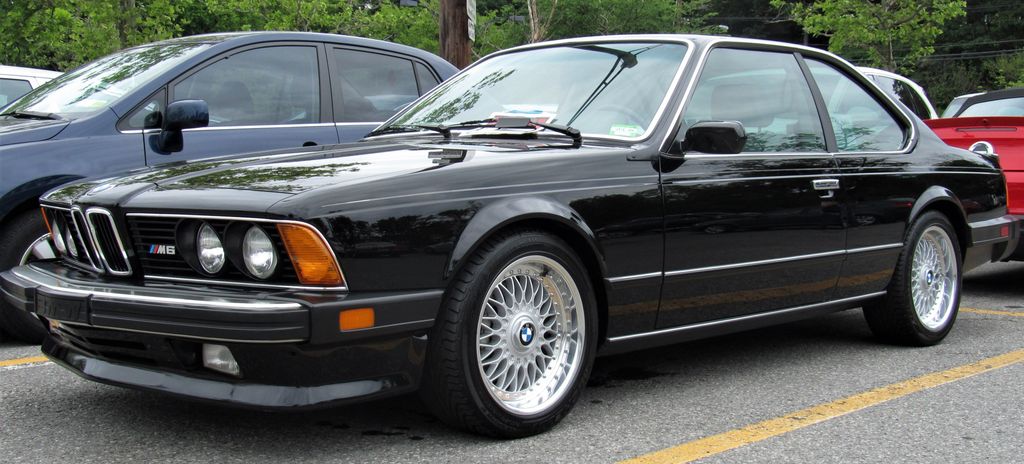
8. **1987 BMW M6**Speaking of dreams, there’s a certain magic to classic BMWs, especially the M-badged legends. For one individual, the 1987 M6 represented a quarter-century-long fantasy, a sophisticated grand tourer with undeniable road presence and a performance heritage that whispered of autobahn sprints and refined power. The allure of its shark-nose design and robust inline-six engine was simply irresistible, promising an ownership experience filled with pure driving joy.
Yet, this dream, like so many automotive fantasies, came with a heavy dose of reality. The M6, while beautiful, proved to be a vehicle demanding “constant upkeep and repair.” This isn’t just about routine maintenance; it’s about the kind of mechanical demands that can quickly turn passion into financial pain and profound anxiety. Every drive, rather than being a blissful escape, was “tempered with anxiety of what’s going to break this time.”
It’s a classic dilemma for classic car owners: the heart yearns for the beauty and heritage, but the wallet and patience are constantly tested. Our owner admitted to being “in too deep,” having likely poured significant resources into keeping the M6 on the road. The sheer aesthetic appeal of the car made selling it seem almost sacrilegious, a betrayal of a long-held affection.
The poignant conclusion was a wish to have “just stayed with the fantasy.” This isn’t just a complaint about a faulty car; it’s a lament about the crushing weight of expectation meeting the harsh truth of aging, high-performance machinery. Sometimes, the dream car is best left on the poster on the wall, unsullied by the greasy reality of constant repairs and looming bills.
Car Model Information: 2014 BMW M6 Base
Name: BMW M6
Manufacturer: BMW M
Layout: Front-engine, rear-wheel-drive
Production: 1983–1989,2005–2019
Assembly: BMW Group Plant Dingolfing
Related: BMW 6 Series,BMW M5
Class: Grand tourer
Successor: BMW M8
Categories: 1980s cars, 2000s cars, 2010s cars, Articles with short description, BMW vehicles
Summary: The BMW M6 is a high-performance version of the 6 Series marketed under the BMW M sub-brand from 1983 to 2019 (with a hiatus from 1990 to 2004).
Introduced in the coupe body style, the M6 was also built in convertible and fastback sedan (‘Gran Coupe’) body styles for later generations. An M6 model was built for each of the first three generations of the 6 Series. Production of the M6 ended in 2019 and it was replaced by the BMW M8 (F91/F92/F93) in 2019.
Get more information about: BMW M6
Buying a high-performing used car >>>
Brand: BMW Model: M6
Price: $38,995 Mileage: 17,439 mi.
Read more about: Beyond 300,000 Miles: Unpacking the Most Durable Car Engines Ever Made

9. **2009 Volkswagen Passat Estate**Transitioning from humble “beaters” to a truly “nice” car is a milestone for any driver, and for one proud owner, a 2009 Volkswagen Passat wagon, purchased in 2013, was precisely that. It was “more than I could really afford,” but the desire for a vehicle that wouldn’t induce shame was strong. The cobalt blue wagon, despite its 85,000 miles and expired warranty, was a source of immense pride and a testament to an upward automotive journey.
However, this newfound automotive bliss was tragically short-lived. A mere six months into ownership, disaster struck when a balance shaft seized, “locked up the engine” right in the middle of a busy intersection. Imagine the terror and helplessness of having your engine abruptly die while attempting a left turn with traffic bearing down. It was a catastrophic failure that instantly shattered the dream of a reliable, respectable ride.
The ordeal, unfortunately, was far from over. Over the next 18 months, this “pile of garbage” demanded a staggering “$8,000 in repairs,” with the engine having to be pulled out not once, but twice. This wasn’t just bad luck; it was a relentless assault on the owner’s finances and sanity, transforming the car from a point of pride into a money pit of epic proportions.
The “final nail in the coffin” arrived with a failing throttle position sensor on an expressway, forcing a perilous routine of shifting into neutral, shutting off the car, and restarting it—all while trying to keep pace with 80 mph traffic. The sheer danger and absurdity of the situation finally led to the car’s prompt sale. The trauma was so profound that “whenever I see a modern Volkswagen I want to throw large rocks at it.” A clear sign of deep, enduring regret.
Car Model Information: 2025 Alfa Romeo Stelvio Sprint
Name: Volkswagen Passat
Caption: Passat B9
Manufacturer: Volkswagen
Aka: Volkswagen Dasher,Volkswagen Quantum,Volkswagen Santana,Volkswagen Corsar,Volkswagen Magotan (China),Volkswagen Carat
Production: 1973–present
Class: Mid-size car
Layout: Front-engine, front-wheel-drive layout
Predecessor: Volkswagen Type 4,Volkswagen Type 3,Volkswagen K70
Successor: Volkswagen ID.7
Sp: uk
Categories: 1970s cars, 1980s cars, 1990s cars, 2000s cars, 2010s cars
Summary: The Volkswagen Passat is a nameplate of large family cars (D-segment) manufactured and marketed by the German automobile manufacturer Volkswagen since 1973 and also marketed variously as the Dasher, Santana, Quantum, Magotan, Corsar and Carat — in saloon, estate, and hatchback body styles.
A “four-door coupé” variant of the Passat with a lower roof was released in the North American market in 2008 as the Passat CC, which was then renamed to Volkswagen CC. The CC was succeeded by the Arteon in 2017.
In January 2011, Volkswagen introduced a separate Passat model line, internally designated “Volkswagen New Midsize Sedan” or NMS, that was manufactured in the US at the Chattanooga assembly plant and in China at Nanjing by SAIC-Volkswagen. Developed to increase Volkswagen sales in North America, the Passat NMS is larger and costs less to produce, and is sold in the North America, South Korea, China, and Middle East. The separate B8 Passat model entered production, based on the MQB platform.
In 2019, the Passat NMS program was split into two as the North American one continued being produced on an older platform while the Chinese Passat moved on to the MQB platform, which resulted in Volkswagen marketing three models under the Passat nameplate globally at that time. The North American Passat was discontinued after the 2022 model year.
Volkswagen ended the production of the saloon Passat for the European market in 2022. The B9 Passat, released in 2023, is only available in an estate body style. The Passat continues to be available as a saloon in China.
The “Passat” is one of several Volkswagen models named after a wind: “Passat” is the usual German word for “Trade winds”.
Get more information about: Volkswagen Passat
Buying a high-performing used car >>>
Brand: Volkswagen Model: Passat Estate
Price: $54,000 Mileage: 889 mi.
Read more about: The Road to Ruin: 15 Major Engine Models That Crumbled Before 50,000 Miles
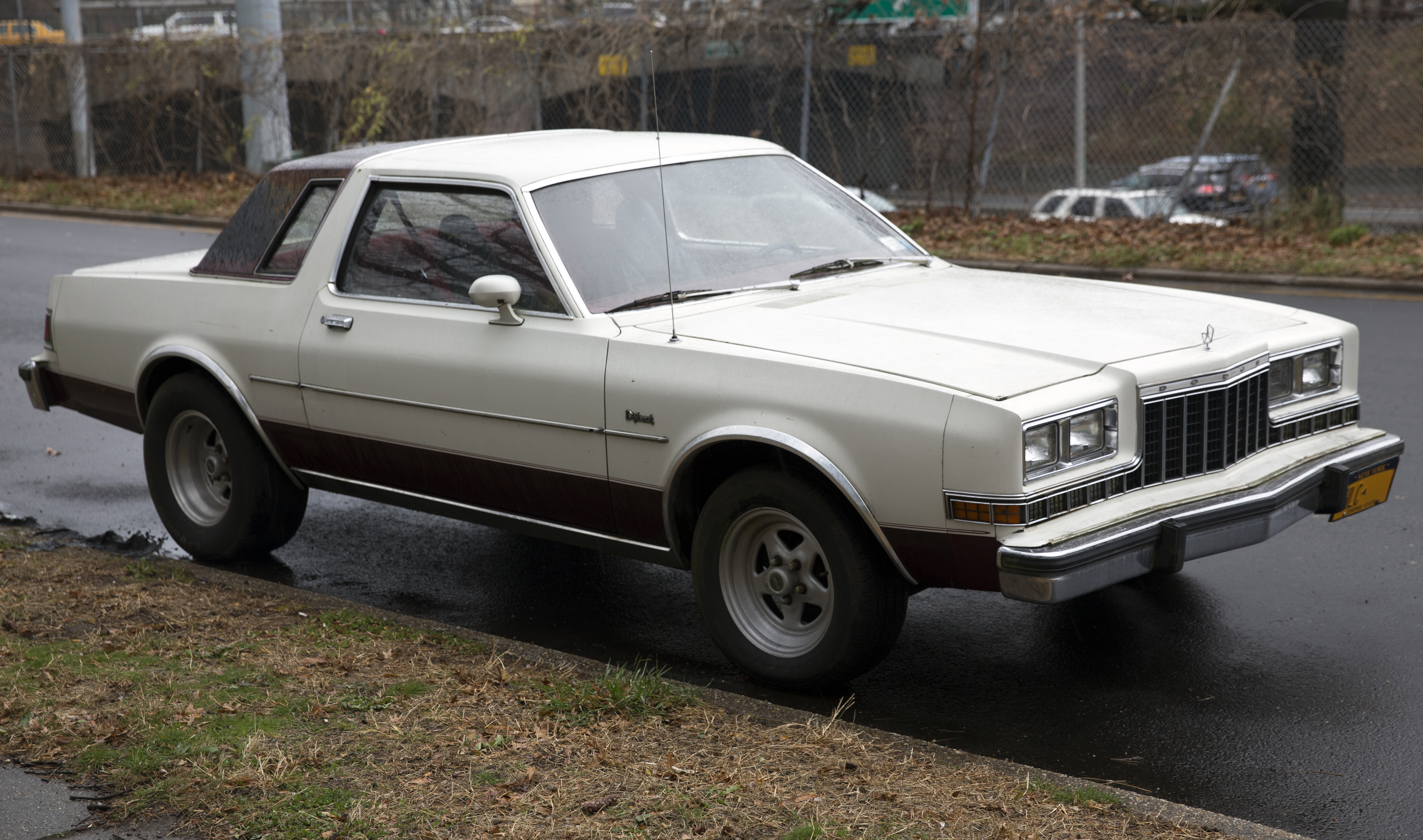
10. **1981 Dodge Diplomat**Sometimes, the most seemingly innocuous hand-me-downs can harbor the most insidious dangers. One individual fondly recalled receiving their grandfather’s 1981 Dodge Diplomat, a car that, at a mere $100, appeared to be a steal. It still looked presentable, carrying the charm of a bygone era and the sentimental value of a family heirloom. What could possibly go wrong with such a straightforward acquisition?
Unbeknownst to the new owner, this seemingly benign vehicle was a “northern car,” a critical detail that meant it had spent years battling the corrosive effects of road salt. Beneath the decent exterior lurked a “salt-degraded rusty frame,” a ticking time bomb just waiting for the right moment to reveal its deadly secret. This hidden flaw illustrates the critical importance of a thorough pre-purchase inspection, especially with older vehicles.
That moment of revelation arrived with terrifying force at 55 mph on the highway. “The front end snapped,” a horrifying failure that instantly transformed a routine drive into a life-or-death struggle for control. The sheer speed and unexpected nature of the incident would trigger anyone’s primal survival instincts, and our driver found their “life flashed before my eyes.”
It was through sheer force of will that enough control was maintained to guide the disintegrating vehicle onto the median, averting what could have been a fatal disaster. This harrowing experience provided an unforgettable, albeit terrifying, “lesson learned about inspecting used cars before buying them.” The 1981 Dodge Diplomat stands as a stark reminder that sometimes, what looks like a bargain can hide truly catastrophic flaws, turning a simple commute into a brush with mortality.
Car Model Information: 1987 Dodge Diplomat SE
Caption: 1977 Dodge Diplomat four-door sedan
Name: Dodge Diplomat
Manufacturer: Dodge
Production: 1977–December 1988
ModelYears: 1977–1989
Class: Mid-size car
Assembly: St. Louis, Missouri
Layout: FR layout
Platform: Chrysler M platform
BodyStyle: Sedan (automobile),station wagon,coupe
Engine: ubl
Abbr: on
Transmission: TorqueFlite#A727,automatic transmission
Wheelbase: 112.7 in
Length: ubl
Width: 74.2 in
Height: 53.4 in
Predecessor: Dodge Dart#1976
Successor: Dodge_Monaco#Fifth_generation_(1990–1992)
Aka: Dodge Coronet#Coronet in Colombia,Dodge Dart#Foreign markets,Dodge Magnum#Mexico (1981–1988),Plymouth Caravelle#Canada,Plymouth Gran Fury#1982–1989
Related: Chrysler Fifth Avenue,Chrysler LeBaron#First generation (1977–1981),Dodge Aspen,Chrysler New Yorker#1982,Chrysler Town & Country (1941–1988)#1978–1981,Monteverdi Sierra
Categories: 1980s cars, All articles needing additional references, Articles needing additional references from October 2018, Articles with short description, Cars discontinued in 1988
Summary: The Dodge Diplomat is an American mid-size car that was produced by Dodge from 1977 to 1989. At launch, it shared a common design with the Chrysler LeBaron and for much of its later production run was the counterpart of the more upscale Chrysler Fifth Avenue and lower priced Plymouth Gran Fury. It was also sold in Mexico between 1981 and 1982 as the Dodge Dart, and in Colombia as the Dodge Coronet. The Diplomat was initially offered in a coupe and a sedan; in 1978, station wagons were added as replacements for the discontinued full-sized C-body wagons.
The Diplomat was offered with a 225 cu in (3.7 L) straight-6 engine a well as optional 318 cu in (5.2 L) and 360 cu in (5.9 L) V8s. The Diplomat, along with its Plymouth Gran Fury/Caravelle twin, were popular police cars both in North America. The three-speed Torqueflite automatic transmission was most popular, but a manual transmission was available until 1981 only on six cylinder and 318 V8 models.
Get more information about: Dodge Diplomat
Buying a high-performing used car >>>
Brand: Dodge Model: Diplomat
Price: $5,995 Mileage: 80,400 mi.
Read more about: Navigating the Shifting Tides: Why Classic Cars Face an Uncertain Future and How Savvy Collectors are Securing Their Legacy

11. **2013 Subaru BRZ**The allure of a dedicated sports car before life’s inevitable responsibilities kick in is a powerful motivator for many automotive enthusiasts. For one eager driver, the 2013 Subaru BRZ, fresh off the showroom floor, represented that perfect blend of exciting performance and perceived reliability, bolstered by its Subaru-Toyota pedigree. The assumption was simple: “It’s a Subaru and Toyota, so it’ll hold its value, be well made, and reliable.”
However, this optimistic outlook quickly dissolved under the harsh light of reality. The BRZ, despite its promising genetics, was plagued with “several quality issues.” This wasn’t just a niggle or two; these were fundamental problems that chipped away at the ownership experience and contradicted the brand’s reputation for robustness. Even meticulous care couldn’t prevent its most glaring flaw.
Despite being “garage kept, driven only in the warmer months, and waxing/sealing the paint every season,” the car’s clearcoat “peeled over the whole car after 2 years.” This kind of widespread paint failure is not only aesthetically devastating but speaks volumes about underlying manufacturing defects. Adding to the misery, interior trim began peeling in multiple places, and the infamous, “annoying chirping HPFP” became a constant, irritating companion.
Ultimately, the accumulation of these quality control nightmares, combined with a significant aesthetic flaw that no amount of care could prevent, led to the painful decision to trade in the BRZ. The result? A staggering “$14k” loss on the car, a bitter pill to swallow for what was supposed to be a fun, reliable investment. This story serves as a potent reminder that sometimes, even cars from highly respected brands can deliver a crushing blow of disappointment and financial regret.
Car Model Information: 2017 Subaru BRZ Series.Yellow
Name: Toyota 86 / Subaru BRZ
Caption: 2022 Toyota GR86 Premium (ZN8)
Manufacturer: Toyota
Aka: unbulleted list
Production: January 2012 – present
ModelYears: 2013–present
Assembly: Ōta, Gunma
Class: Sports car
BodyStyle: fastback,coupé
Layout: Front-engine, rear-wheel-drive
Sp: uk
Categories: 2+2 coupés, 2020s cars, All Wikipedia articles written in British English, All articles with dead external links, All articles with unsourced statements
Summary: The Toyota 86 and the Subaru BRZ are 2+2 sports cars jointly developed by Toyota and Subaru, manufactured at Subaru’s Gunma assembly plant.
The 2+2 fastback coupé has a naturally aspirated boxer engine, front-engined, rear-wheel-drive configuration, 53/47 front/rear weight balance and low centre of gravity; it was inspired by Toyota’s earlier AE86, a small, light, front-engine/rear-drive Corolla variant widely popular for Showroom Stock, Group A, Group N, Rally, Club and drift racing.
For the first-generation model, Toyota marketed the sports car as the 86 in Asia, Australia, North America (from August 2016), South Africa, and South America; as the Toyota GT86 in Europe; as the 86 and GT86 in New Zealand; as the Toyota FT86 in Brunei, Nicaragua and Jamaica and as the Scion FR-S (2012–2016) in the United States and Canada.
The second-generation model is marketed by Toyota as the GR86 as part of the Gazoo Racing family.
Get more information about: Toyota 86
Buying a high-performing used car >>>
Brand: Subaru Model: BRZ
Price: $21,747 Mileage: 54,658 mi.
Read more about: Track Day Champions on a Budget: 11 Bargain Sports Cars That Redefine Affordable Performance
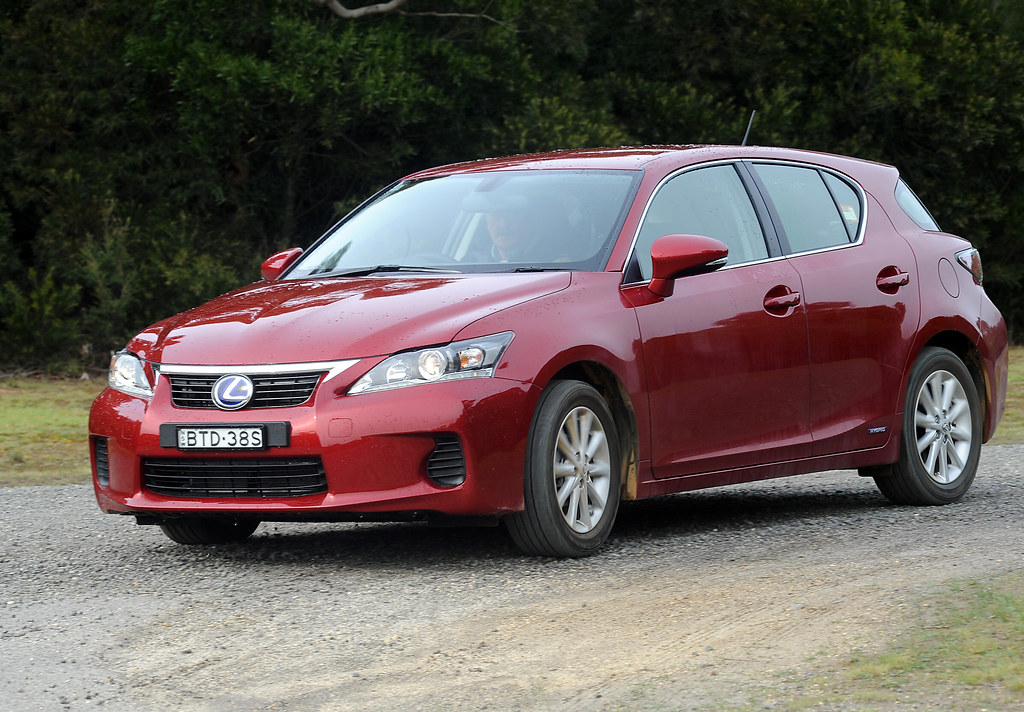
12. **Lexus CT200h**Lexus: a name synonymous with luxury, refinement, and impeccable reliability. It’s a brand many aspire to own, often expecting a driving experience that’s both serene and satisfying. So, when one owner decided to pass on their G35 to their kid and acquire a Lexus CT200h, there was a clear expectation of “fun.” After all, a premium hybrid hatchback from a reputable marque should surely deliver a modern, enjoyable ride, right?
But sometimes, even the most logical assumptions can lead to profound disappointment. The reality of the CT200h proved to be a stark contrast to the anticipated “fun.” Instead of spirited drives and engaging dynamics, the owner was met with a “bland drive.” This single, cutting descriptor speaks volumes about a vehicle that failed to ignite any passion or deliver any memorable experiences behind the wheel.
For an enthusiast, or indeed anyone who expects their car to be more than just an appliance, a “bland drive” is a cardinal sin. It suggests a lack of character, a muted response, and an overall absence of the joy that often comes with driving. This isn’t about outright mechanical failure, but a more subtle, yet equally frustrating, failure to connect with the driver on an emotional level.
The dissatisfaction was so immediate and profound that the owner “took back the G35 after a year.” This rapid reversal of ownership is a powerful indicator of buyer’s remorse, highlighting how quickly an expensive purchase can be regretted when it simply doesn’t deliver on the intangible, yet crucial, promise of driving enjoyment. It underscores that even a reliable, efficient car from a luxury brand can be a deeply unsatisfying experience if it lacks soul.
Read more about: Beyond the Brochure: Unpacking What Makes the 2025 Lexus ES a Quiet Best-Seller for Discerning Drivers
As we close the garage door on these tales of automotive woe, one undeniable truth emerges: the road to regret is often paved with good intentions, tempting aesthetics, or a brand’s once-pristine reputation. From performance cars that failed to live up to legendary status, to classic beauties demanding relentless upkeep, and family haulers collapsing under the weight of poor engineering, these stories serve as potent reminders. They are cautionary tales etched into the asphalt of experience, proving that a deeper dive beyond the showroom shine is always warranted. Learning from these unfortunate detours isn’t just smart; it’s essential for anyone looking to avoid their own case of consumer regret in the ever-evolving, sometimes baffling, world of automobiles. Choose wisely, friends, and may your journeys be free of wrenching woes and shattered dreams.



